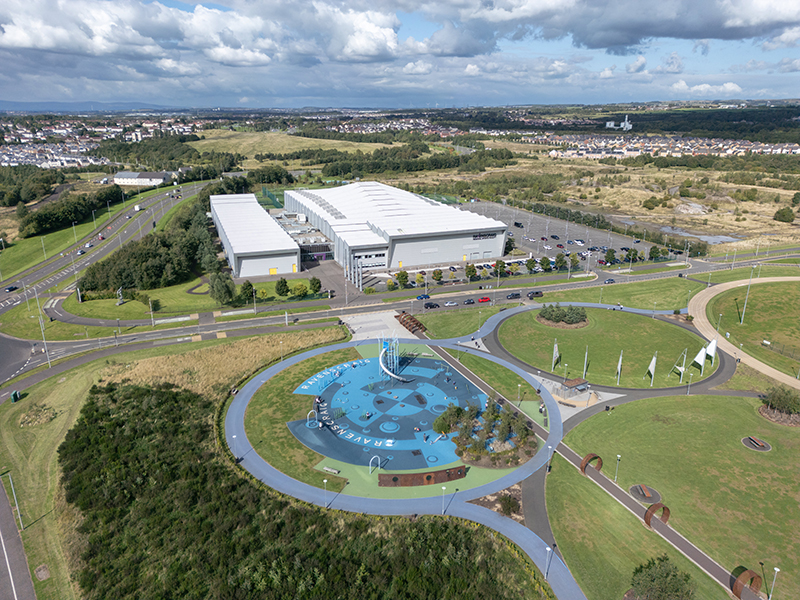
ONE of the largest regeneration projects anywhere in Europe is starting to take shape in Ravenscraig, North Lanarkshire.
More than 30 years after the devastating closure of Ravenscraig Steelworks – which at its peak employed some 7,000 local workers – the area is enjoying a new lease of life thanks to a highly ambitious project that will ultimately deliver around 4,300 new homes as well as first class educational, retail, leisure, cultural, and industrial facilities.
The initiative has also provided a major boost for Scotland’s construction industry, creating a huge amount of employment opportunities and an ongoing programme of work that will continue for another quarter-of-a-century.
Ravenscraig Ltd – a not-for-profit joint venture organisation comprising Barratt Redrow, Scottish Enterprise and Tata Steel – is redeveloping a site roughly double the size of Monaco (1,200 acres) with a view to creating a buoyant and self-sufficient new community on what was once one of the most important industrial locations in Scotland.
Russell Wilkie, director of Ravenscraig Ltd, told Project Scotland the vision is now well on track, following major revisions to the original masterplan that was created 20 years ago and which focused heavily on retail.
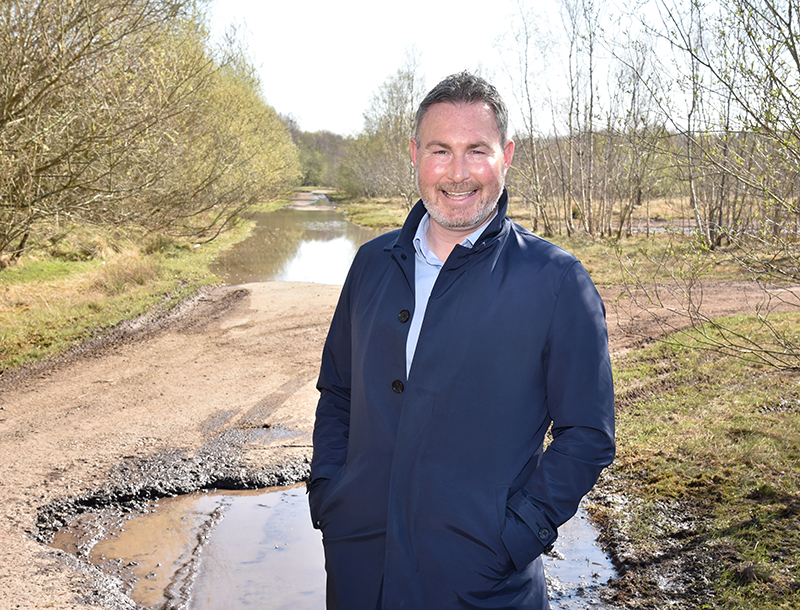
The Ravenscraig Steelworks closed in 1992, and demolition started in 1996. Russell explained that, “In 1998 Ravenscraig Ltd was formed. A lot of jobs had been lost so the aim was to look at ways of creating regeneration, jobs, houses, schools.
“The first masterplan was mostly retail-based. There was almost a million square feet of retail initially looked at. That was back in 2005.”
In 2006, the main spine road through Ravenscraig was built, representing the first piece of infrastructure. Various developments were built off of that such as the Ravenscraig Regional Sports Facility and New College Lanarkshire’s Motherwell campus.
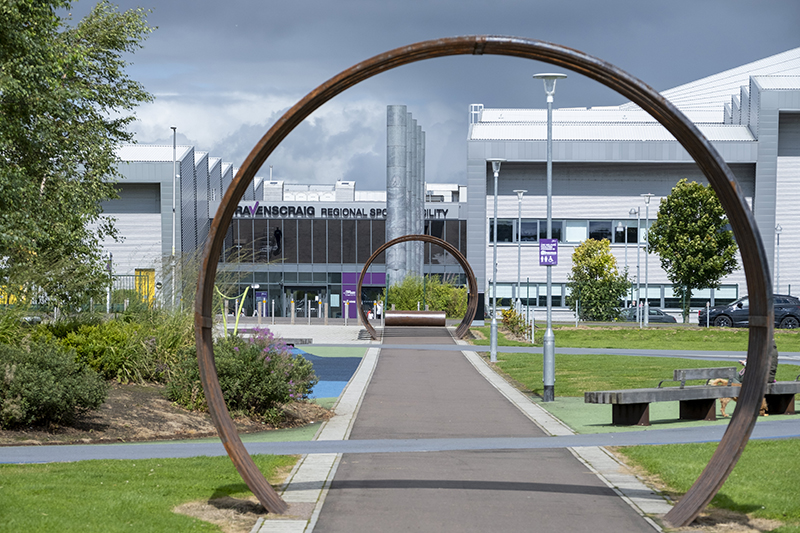
Following the financial crash of 2008 and subsequent changes to the retail market and consumer shopping habits, a drastic re-think was required for Ravenscraig. Planners went back to the drawing board and emerged with a new vision, focused heavily on more residential units and commercial/industrial space.
A revised masterplan for the mixed-use site was approved five years ago, with the vision of creating an inclusive environment where people can live, work and play. To date, 1,000 homes have been built between David Wilson and Barratt Homes, Taylor Wimpey, and Keepmoat.
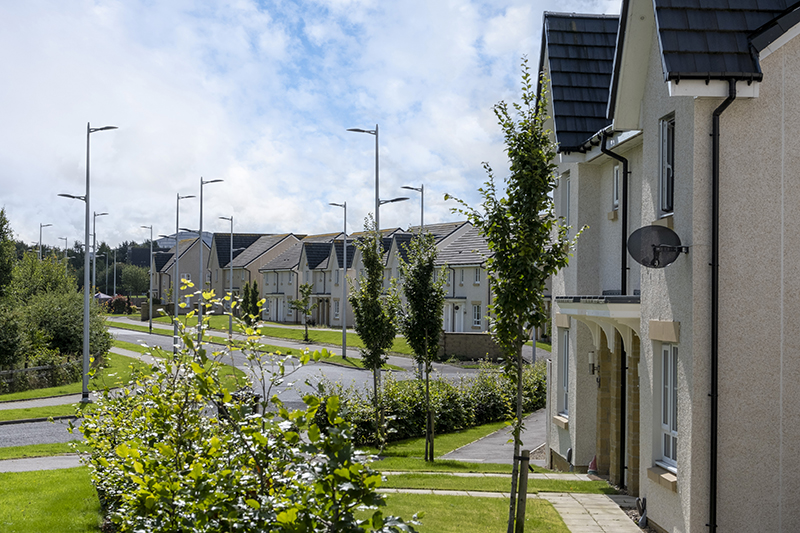
There’s also a Marston’s pub/hotel called the Raven’s Cliff, which has proved popular with residents and dog owners, not least because of its dog section complete with its very own menu for furry friends!
Ravenscraig is funded through a combination of public and private investment. £250 million has been invested so far, with Ravenscraig Ltd reinvesting all income generated from land sales back into the project. The site has one million square feet of consented commercial, business, and industrial space.
A new employment hub is currently being constructed. Fusion Assets has snapped up a 6.4-acre site to speculatively develop a multi-let industrial scheme, while adjacent to that, DAF Trucks dealer Motus Group is building a near 40,000 square foot unit featuring a commercial vehicle showroom, workshop and repair centre.
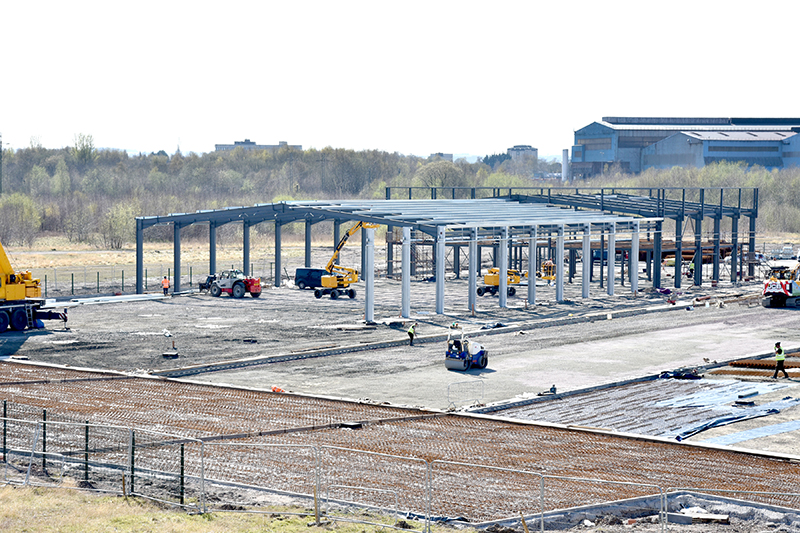
Given the area’s previous use as one of the largest steelwork sites in western Europe, significant remediation work has already taken place to make the land suitable for building.
“What was in there before was inert material, which is clean material, but it was all material that you can’t really build on,” Russell added. “There was remnant materials from the steelworks, mainly ash and expandable slag. If that’s in the ground and you build foundations on it, it’s liable to move. In an area we refer to as Ash Hill, all of that material was excavated. In terms of depth, we went down 8-10 metres. In some other areas, there are deep basements – some of which go down about 14 metres. You’ve got to excavate all that out and put new material in. That’s where the expensive remediation costs come from.”
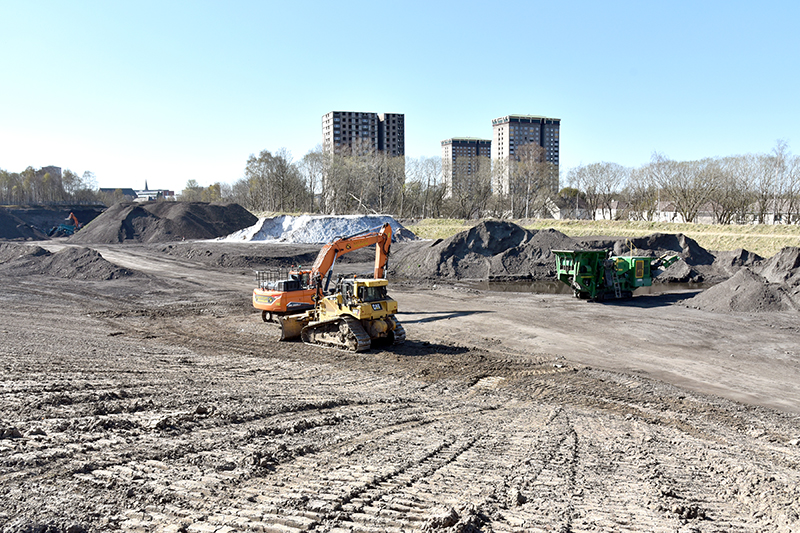
One of the most significant developments so far was the delivery of a £17 million rail bridge, installed by Story Contracting and Network Rail, to pave the way for the council to construct a new dual carriageway under the West Coast Main Line.
Future transport plans include infrastructure connecting Ravenscraig to the M74 and M8. The Ravenscraig Infrastructure Access project has been approved by the Glasgow City Region cabinet, with work expected to complete in 2029.
Elsewhere across the site, plans are advancing for the delivery of further housing as well as retail offerings.
“There are planning applications live at the moment for 48 affordable housing units,” Russell added. “And a plot directly south of the hotel is earmarked for a retail hub. It will be a neighbourhood retail village that will create 14,500 square feet. It will have an anchor store, and then 4-5 smaller businesses as well. Hopefully we’ll get approval in for both very soon.
“There is a major planning application for the remediation of 200 acres directly north of the college. We’ll do the same there in terms of extracting all the expandable slag and ash material. We will then recycle that and bring in new material. We’ll part-use some of the old material if it’s usable. It will be to NHBC standards. There will be an engineer on here full-time monitoring and validating each of the plots.”
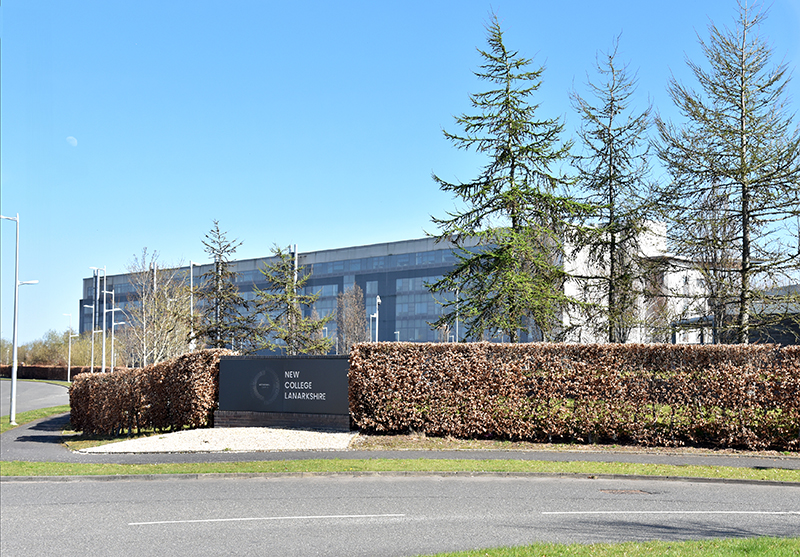
The initial phase for that site is for 325 residential units. Russell highlighted a large area on a map which, in time, will hold approximately 1,500 homes, while another location has been allocated for 1,100.
“In terms of planning permission for Ravenscraig, it’s 10% affordable housing,” Russell said. “We’ll probably over provide on some of the sites.”
A major milestone was reached recently when North Lanarkshire Council announced plans to invest £347 million in new town and community hubs, with the cash split between Ravenscraig, Glenboig and Abronhill. Russell revealed remediation will hopefully start in 2028 for that site, with this having the potential to be a ‘game-changer’ for the entire project.
The plan is to create a joint primary school campus encompassed within the community hub, as well as 200 affordable housing units and potentially a ‘cultural offering’.
Ravenscraig has already shown its potential to host entertainment events after the sports centre stepped in to host the annual pantomime following the discovery of RAAC in the roof area of Motherwell Concert Hall and Theatre. The centre also played a pivotal role during the pandemic, temporarily transforming into a major vaccine hub.
All the work carried out at Ravenscraig is underpinned by a commitment to involve the local community every step of the way. Russell revealed Ravenscraig Ltd has a ‘positive’ relationship with the Ravenscraig Community Action Group, with quarterly meetings taking place to discuss progress and provide an update on everything that’s being delivered.
“Community engagement is a really important aspect here. What we want to create is a 20-minute neighbourhood. We’ve almost got that just now. What we’re missing is the retail element, plus the education side.”
Russell anticipates constant construction work for the next 25 years in and around Ravenscraig. The project is also generating interest in construction careers, with lecturers and students from the college visiting live sites.
Sustainability has been high on the agenda, with the masterplan designed to integrate with the site’s natural assets. A new public park, The Craig, takes pride of place in the centre of Ravenscraig, while active travel routes for cycling and walking feature prominently.
“We’re having to look at ways of bringing in sustainable projects for power in the future,” Russell added. “We’ve got electric vehicle charging. Now we’ll have to use air source heat pumps for future housing. Scottish Power Energy Networks are bringing in a potential additional primary substation. We are also looking at other forms of renewables.”
Not surprisingly, what’s happening at Ravenscraig is garnering significant interest from other developers of major strategic sites across the UK and it has become something of an exemplar project for large-scale regeneration.
“There is a lot of interest in terms of developers asking what we’re doing, and I get ideas from what they’re doing as well,” Russell added. “When you mention Ravenscraig to anyone, they’ve either worked here, lived here, or been involved in some past project! It’s such a well-known project all around Europe.”
The next few years will see a hive of activity as work on the transformative project ramps up significantly. Project Scotland will provide regular updates along the way as the historic site embarks on an exciting future.











